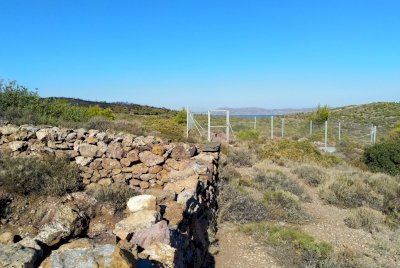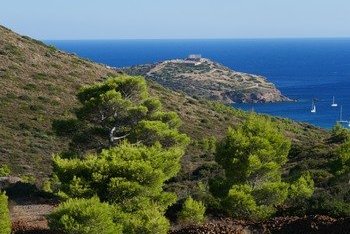Greece
Ancient Lavrion
Ancient Lavron is a historic mining area on the Attica Peninsula that stretches from Mount Paneion near Keratea to Cape Sounio on the southern tip. The area was the main centre of silver mining in Greece from the Bronze Age until the 20th century. In the classical period (5th and 4th centuries BC) the exploitation of the mines was an important basis for the rise of Athens to the leading power in Greece. The remains of the ancient mining includes tunnels, kilns, ore washing plants, and cisterns. There are also ruins of secular and religious buildings, such as the Theatre of Thorikos and the Temple of Poseidon in Sounio.
Site Info
Official Information
- Full Name
- Ancient Lavrion (ID: 5857)
- Country
- Greece
- Status
-
On tentative list 2003
Site history
History of Ancient Lavrion
- 2003: Added to Tentative List
- Added to tentative list
- Type
- Cultural
- Criteria
Links
- UNESCO
- whc.unesco.org
All Links
UNESCO.org
- whc.unesco.org — whc.unesco.org
Community Information
- Community Category
- Archaeological site: Ancient Greece
- Secular structure: Mines
Travel Information
Recent Connections
News
No news.
Community Reviews
Show full reviews
If you like me have ever wondered what made Athens stand out among its contemporary rival Greek city states, Ancient Lavrion may provide the answer. In the hills of the Attika peninsula, roughly 50km South of Athens was a huge mining area where several ores could be mined: copper, lead and most importantly silver. The silver wealth supported the Athenians in resisting the Persian invasions. It also enabled the Athenians to mint their own coins, the Athenian Tetrhadrachmon.
The mines predate classical Greece by millenia. It seems there were mining operations already in neolithic times (3000 BCE). However, after the Peloponnesian War the mines were closed as the infrastructure had been destroyed.
I visited as a day trip from Athens. I came in the afternoon to Cape Sounion where I visited the stunning Poseidon Temple. From there, I hiked into the hills, a bit in hurry due to the scheduling of my bus connection back to Athens. When I made it to the archeological site (or one of these) it was closed. Lucky for me, the whole area is dotted with mines and ruins. So many indeed, that there are plenty of warning signs instructing you not to venture off into the countryside as you may fall into hidden mine shafts etc.
OUV
If inscribed as proposed, this would be one of the sites where plenty of visitors can set a tick without being aware that they visited. Cape Sounion with it's Poseidon Temple is …
Keep reading 0 comments